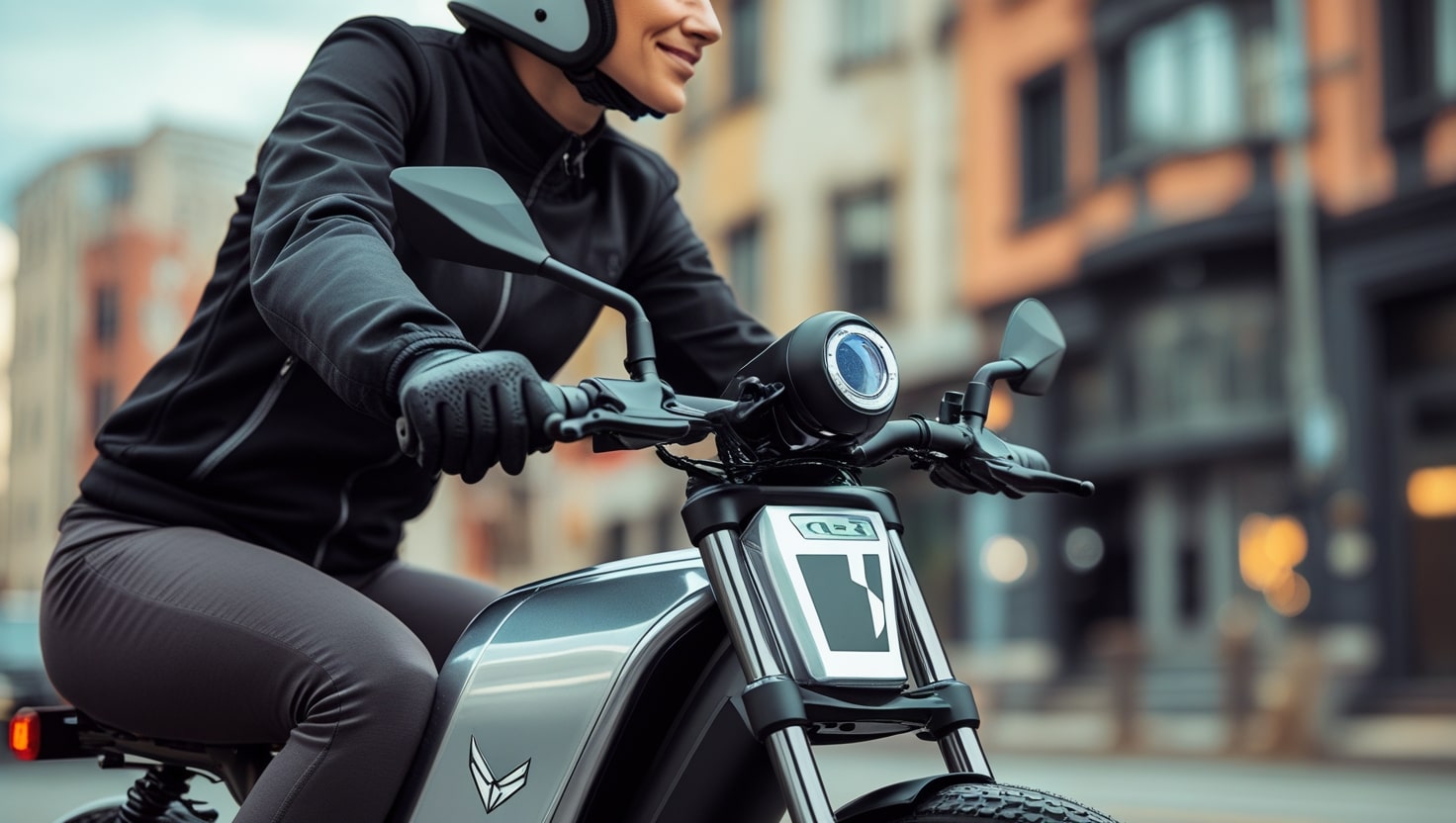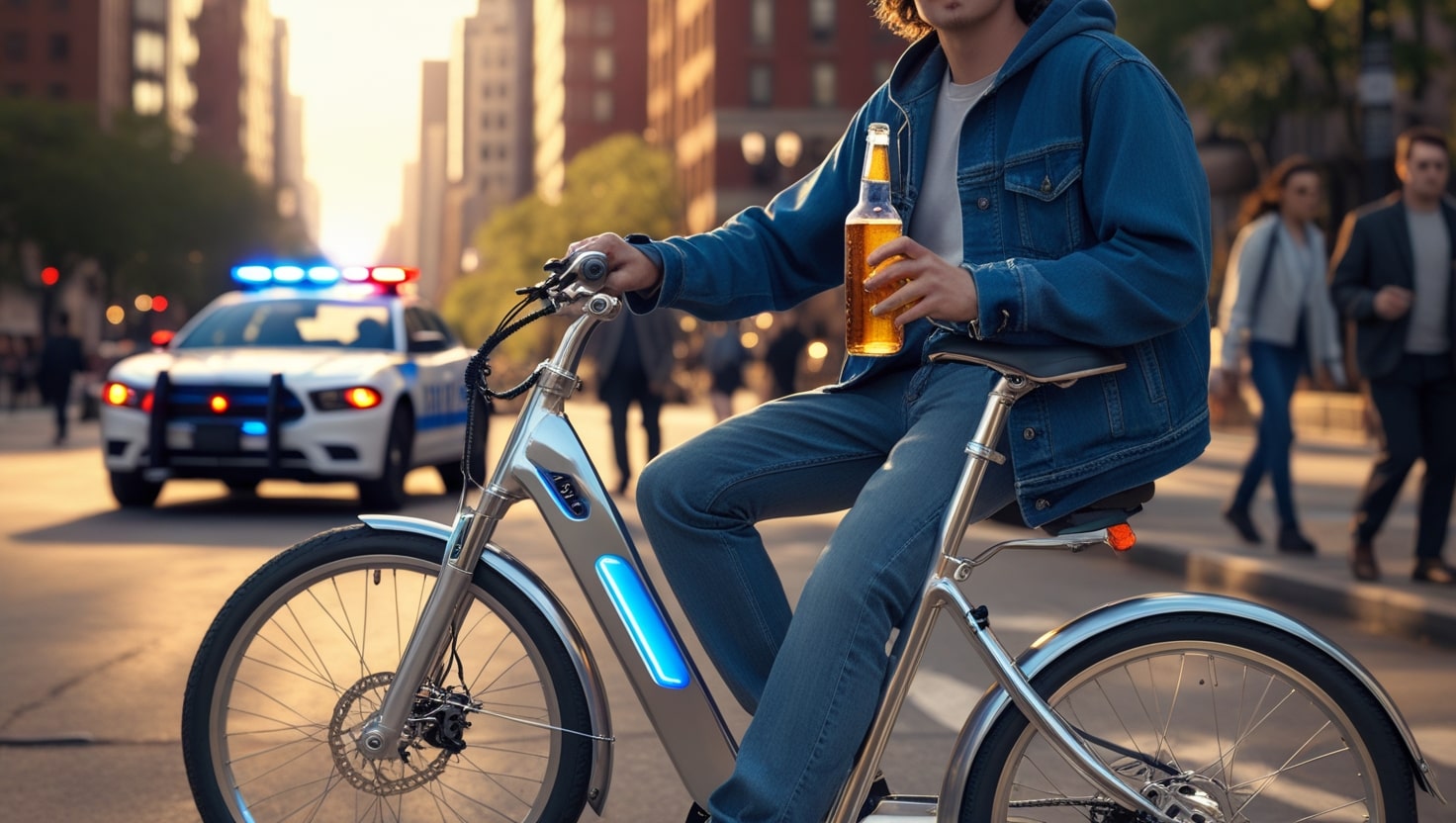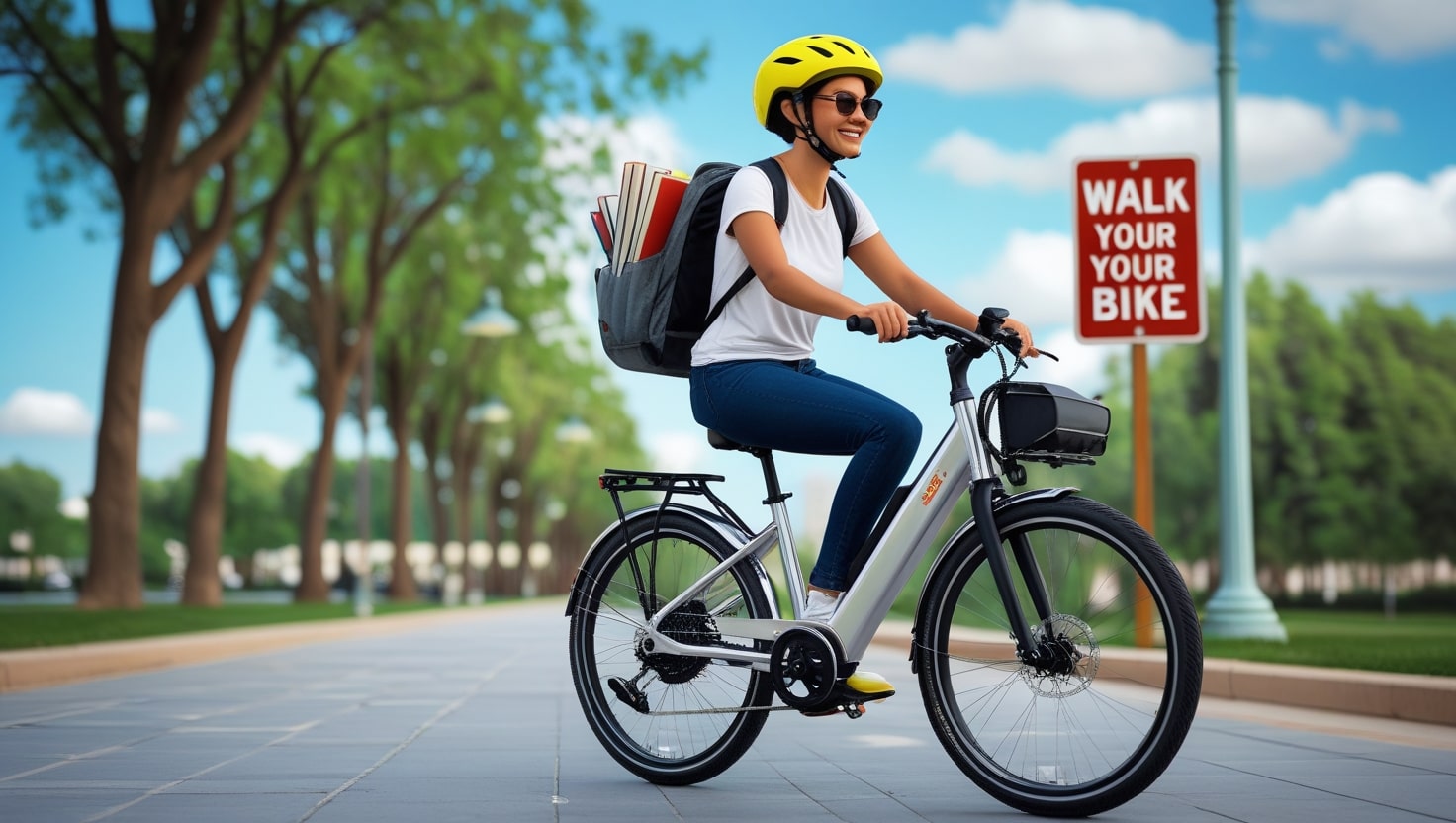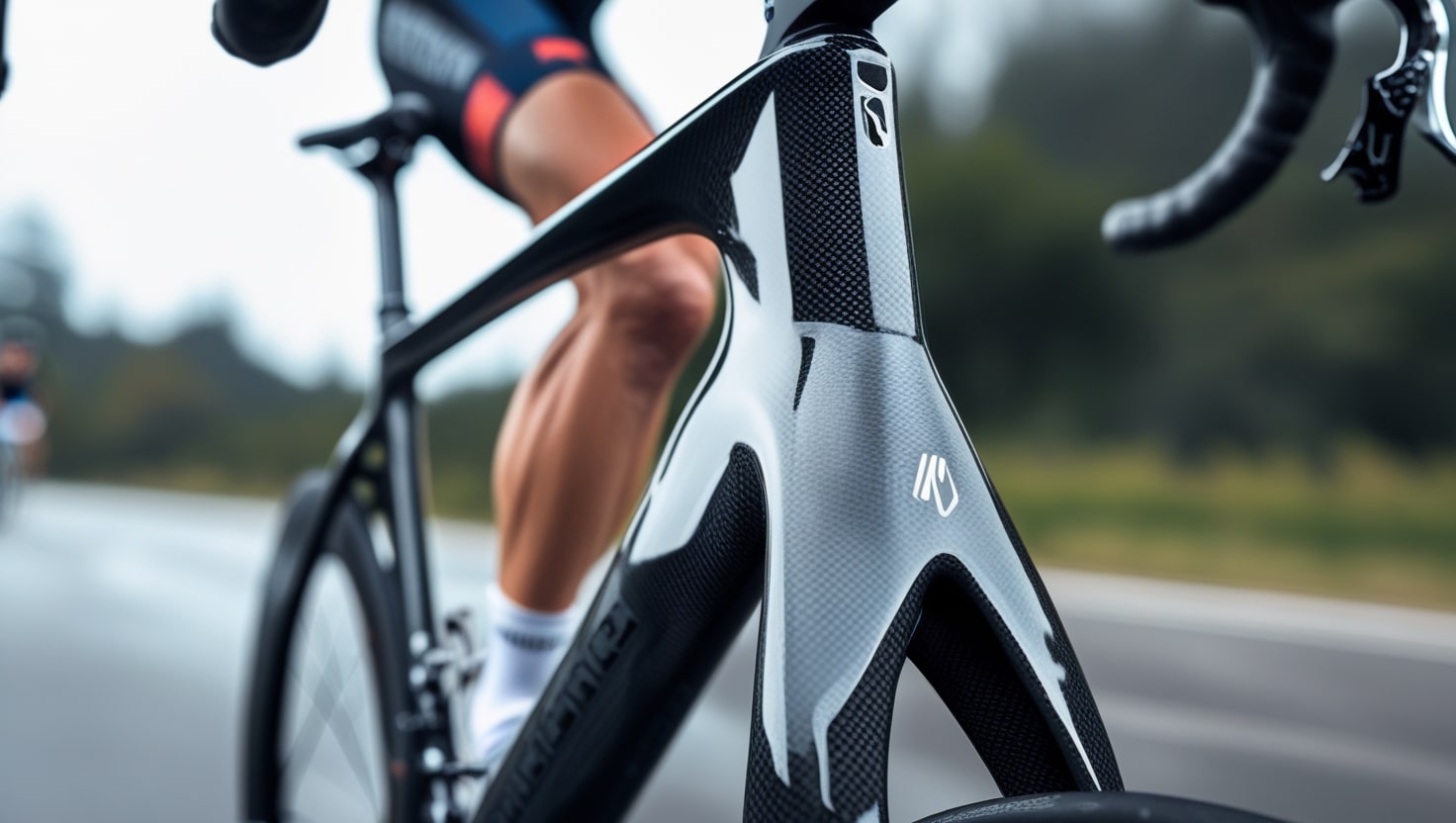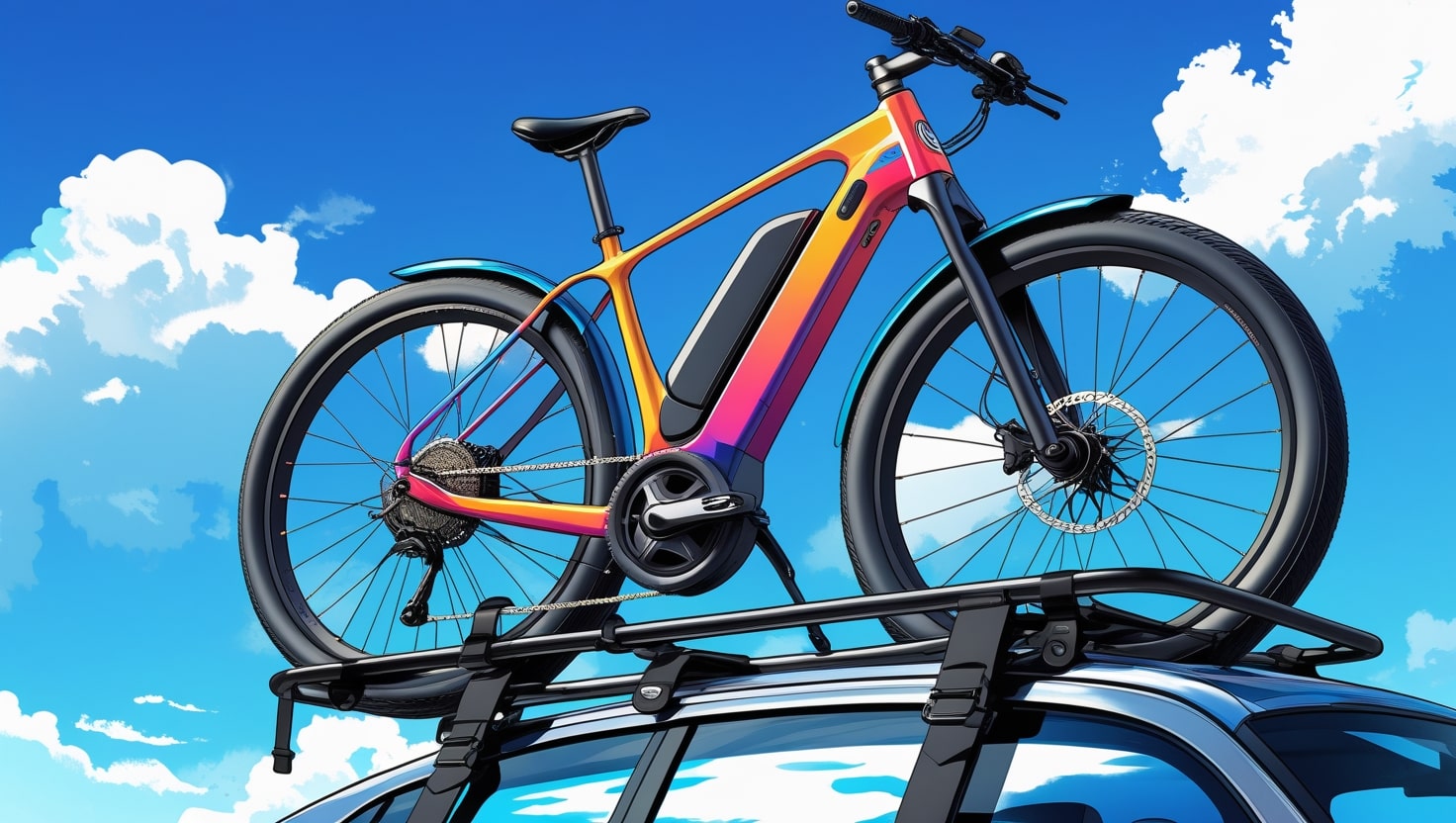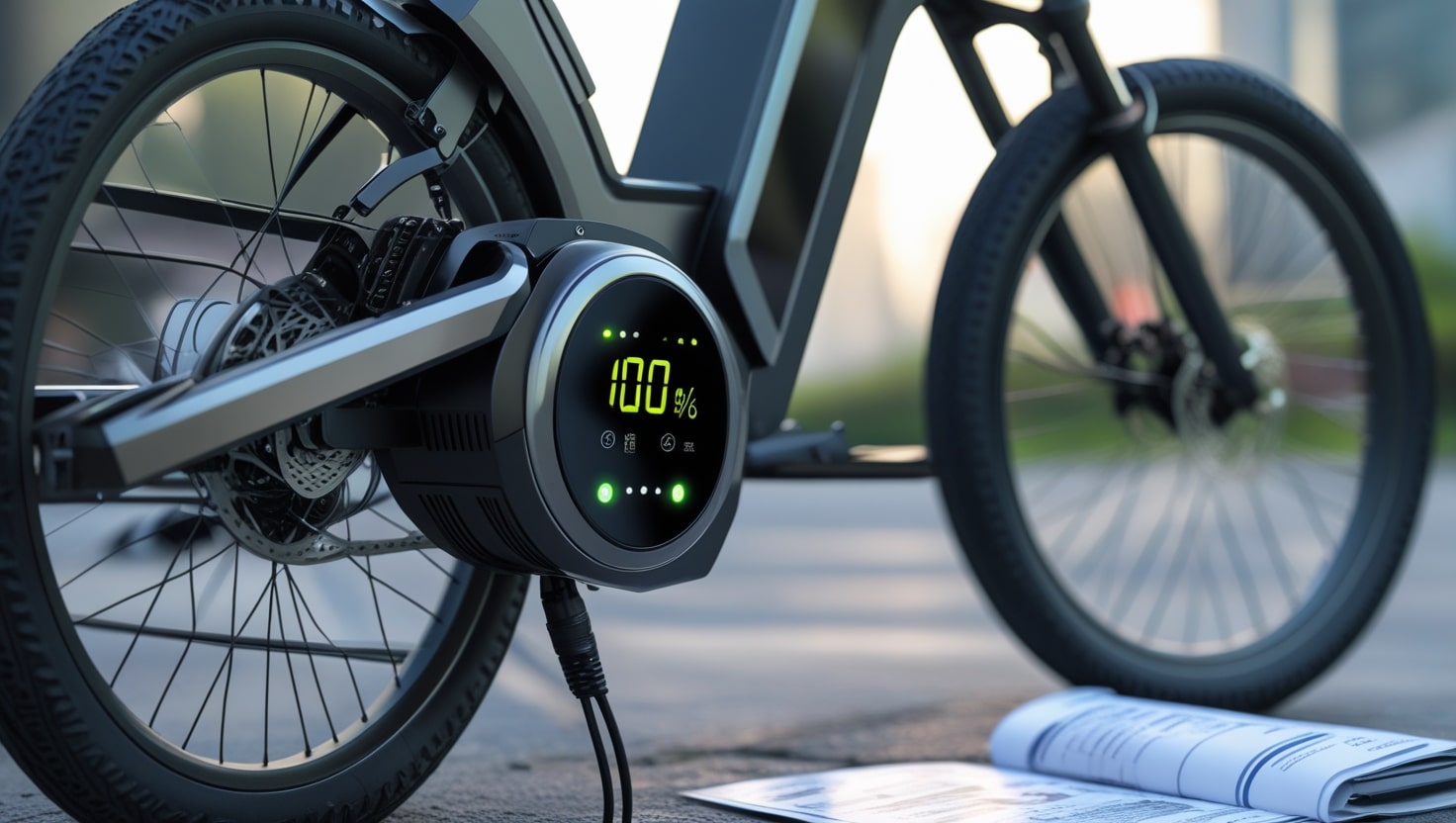As someone who’s ridden e-bikes through both city traffic and rural backroads, I’ve come to appreciate just how much these electric bikes have changed the transportation game. They offer a thrilling ride with minimal exertion, and their eco-friendly nature makes them an attractive alternative to gas-guzzling vehicles. In many parts of America, you’ll find e-bikes zipping through busy streets or gliding down quiet paths, embraced by commuters and adventurers alike. These futuristic bikes are not just fun—they’re a lifestyle shift.
Still, a big question lingers for anyone considering the switch: Do you need a license for an electric bike? The answer isn’t a simple one-size-fits-all. Licensing requirements vary widely across the United States. They depend not just on the state you’re in, but sometimes even on the city itself. The legal landscape can be confusing, but having the right guide can help demystify what’s really expected. Understanding your local license laws ensures a smoother cycling experience and keeps your rides worry-free.
Also Read: 2025 Jasion EB5 Electric Bike Reviews
Electric Bikes
When I first switched to e-bikes for my daily commute, it felt like discovering a perfect fusion of fun and practicality. These electric bikes come with a rechargeable battery and offer the option to pedal normally or rely on motor-assisted power, making every ride feel smooth and relaxed. Whether you’re tackling uphill terrain or simply trying to arrive at work without the physical toll, the added assistance changes the game. For many riders, it turns a tough journey into an enjoyable experience—especially when trying to lead a more sustainable lifestyle.
That said, things get tricky when the law gets involved. Across the United States, there’s no single definition for an e-bike, which leads to a patchwork of regulations. Some models are categorized based on top speed or how the motor works—does it only help while you’re pedaling, or can it fully propel the bike? This difference often decides whether your bicycle is treated like a regular bike or a motor vehicle, which affects everything from where you can ride to whether you need a license.
E-Bike Regulations in the U.S.
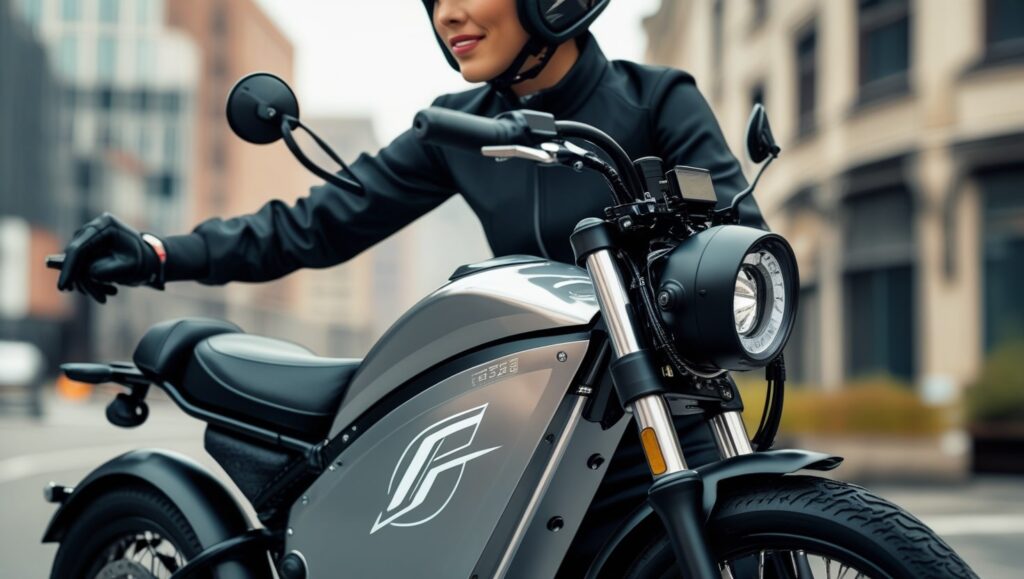
The answer to the question of whether you need a license to ride an e-bike is not straightforward; it primarily depends on where you live and the type of e-bike you own. States like California, for example, employ a three-tiered classification system, each with its own set of regulations.
Class 1 Electric Bikes
From my own experience riding Class 1 e-bikes, I’ve found them to be incredibly beginner-friendly. These pedal-assist models only activate the motor when the rider begins to pedal, and the assistance stops at 20 mph. What makes them even more appealing is that, in most states, you don’t need a driver’s license, registration, or insurance to ride one. They’re legally treated like regular bicycles, so you’re free to use them in bike lanes and on bike paths without worry.
Class 2 Electric Bikes
What I love about Class 2 e-bikes is the added freedom they offer with their throttle, which can propel the bike forward without pedaling. These models also come with a top speed of 20 mph, just like Class 1, but the real benefit is how easy they are to use, especially for people with limited mobility. In most states, you won’t need a license, registration, or insurance, and the regulations tend to match those of Class 1, promoting wider accessibility for all kinds of riders.
Class 3 Electric Bikes
Class 3 e-bikes are the most powerful of the bunch, and from my time using them for city commutes, I’ve noticed just how much faster and stronger they feel. These bikes assist you up to 28 mph and usually include a speedometer to track your speeds. Because of that speed, some states have added age restrictions, helmet requirements, and other stipulations around where they can be ridden. While many areas don’t ask for a driver’s license or official license, the requirements and regulations can vary by state, and sometimes even between cities. You’ll also see limitations on where these electric bikes can be used, like avoiding pedestrian-heavy areas or sticking to specific bike routes.
Take New York City for example. Its recent legislation around e-bikes introduced clear rules and local ordinances: riders under 18 must wear a helmet, and if your bike exceeds 20 MPH, it’s required by law. These local and state-level laws can be tricky, especially when there are overlapping rules that might restrict where or how you can ride. Not being fully aware of these nuances can lead to unexpected fines or, worse, preventable accidents. That’s why staying on top of local laws and speed limits is essential if you’re choosing a fast, high-performing model like a Class 3.
Also Read: How Fast Does a 48V Electric Bike Go?
Which states require a license to ride electric bikes?
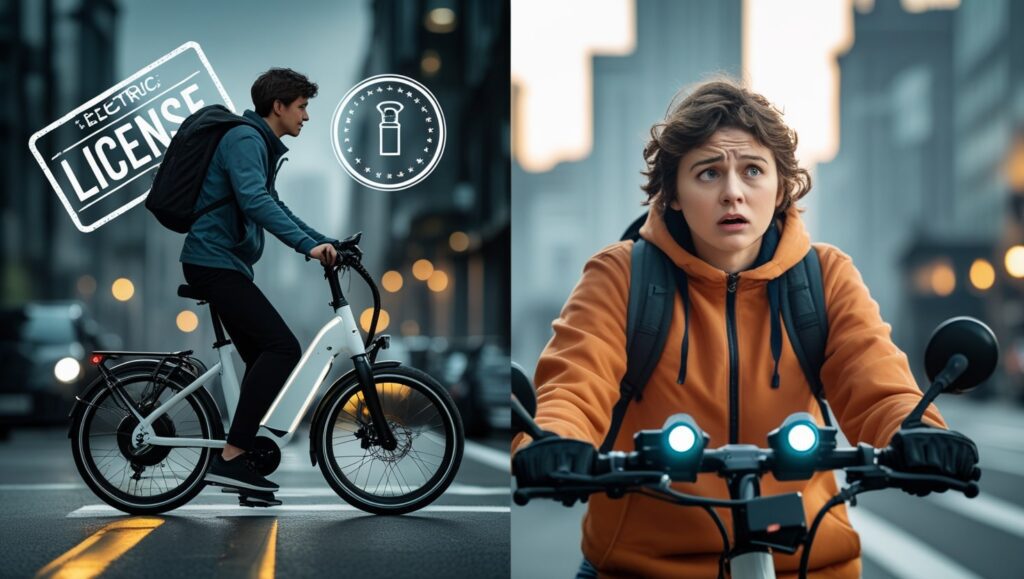
Since electric bicycles are regarded as motorized vehicles in several places, riders are required to have a current license. The states that either require license for the usage of e-bikes or have particular laws in place are listed below. Before buying or riding an e-bike, it’s crucial to check your state’s current regulations because they can change often.
Alaska
In Alaska, electric bike laws are still catching up. This remote state, separated from the contiguous US, remains unregulated at the state level when it comes to e-Bike laws. Although in 2023, lawmakers considered adopting the three-class system, the governor ultimately vetoed the bill. That means riders currently have to follow local and city regulations instead. In practice, though, you don’t need a license to ride an e-Bike in Alaska, making it one of the more relaxed places to own electric bikes.
Hawaii
In the Aloha State, things are a bit different. While you still don’t need a license to ride, you are required to register your e-Bike, and it costs $30. You can do this at your local city hall, a satellite location, or at the business registration office in Honolulu. Hawaii’s approach focuses on formal registration rather than licensing, helping the state keep better records of its growing number of e-Bikes.
New Jersey
New Jersey follows the three-class system, but adds stricter rules around Class 3 e-Bikes. If your electric bike is classified as a Class 3 model, capable of a top speed of 28 mph, it’s legally defined as a low-speed vehicle. As a result, you’ll need an operator’s license, must register the bike, and carry insurance. This system puts New Jersey among the more tightly regulated states, especially when it comes to faster e-Bike models.
New York
New York State has its own interpretation of the three-class system. A Class 3 e-Bike here is defined as one with a top speed of 25 mph, rather than the more standard 28 mph definition. These bikes are only permitted in New York City, and even then, their use is limited. Outside of bike paths and designated trails, electric bikes may only be ridden on roads with a speed limit of 30 mph or less. New York City has additional rules in place that emphasize where, how, and by whom these bikes can be used.
Also Read: How Fast Does a 1000W eBike Go?
How to Get an E-bike License
In some jurisdictions, getting a license for your e-bike is part of a formal process, especially where bikes are classified more strictly. The steps can resemble those for a motorcycle or moped license, though often a bit more lenient. Usually, you’ll need to pass a written test covering rules of the road and sometimes a practical exam to show basic handling skills.
In states like Alabama, the rules are tougher and may require a full motor vehicle license, including both a road test and a state ID to prove your age, along with a small fee.
In contrast, other states have classifications that only require a state ID and minor paperwork. Either way, it’s best to visit your local Department of Motor Vehicles (DMV) office or check their website for the most current information.
Requirements vary, and staying informed helps you avoid being unprepared or accidentally non-compliant. From my own experience, a quick stop at the DMV not only gave me the right information but also helped me obtain what I needed without delay.
Stay safe and ride within the rules
No matter what the law says about licenses, being a responsible e-bike owner means thinking beyond the basics. When you’re riding on a bike path, stay alert—there might be a car parked where it shouldn’t be, and you’re sharing space with pedestrians and other vehicles. The speed limit isn’t just for cars; it also applies to bikes and electric bikes, so always ride within control and with respect for others.

